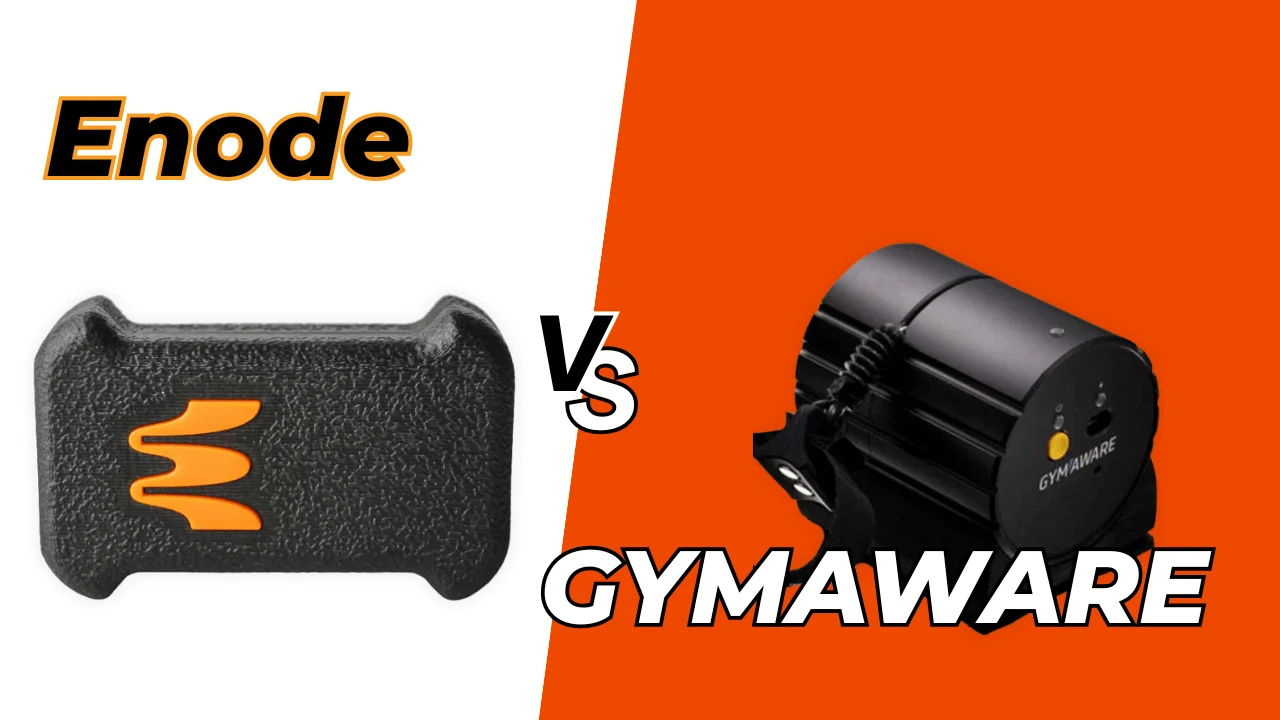Matt Siniscalchi is an athletic development/reconditioning coach and instructor at Knowles Athletic in Philadelphia, where he works with many of the world’s top athletes. He came to Knowles after serving as head strength coach of the Philadelphia Union (Major League Soccer) for two years. Prior to that, Siniscalchi first worked with Bill Knowles at the Philadelphia Union Academy—which they still consult with—and helped program and recondition Olympic and professional athletes at HP Sports.
Freelap USA: Obviously, tumbling and rolling are part of your return to play program. Your extended series of excursions was posted on SimpliFaster, and coaches really valued the ability to roll and perform what are considered light gymnastics activities. Can you explain the key points that coaches should know to make sure they are on the right path?
Matt Siniscalchi: Over the past few years, one of the more influential conversations Bill Knowles and I had was how athletes need to be able to create “shapes.” These are the questions we consistently ask ourselves:
- What shapes do athletes need to make (positions on the field, court, ice, etc.)?
- Do they have the requisite ability or range to get into those shapes (mobility)?
- Can they get in and out of those shapes with precision, style, and grace (varying degrees of movement competency or skill execution)?
- Can they get in and out of those shapes with load, speed, and other demands (strength, power, etc.)?
- Can they get in and out of those shapes specifically and continuously with regard to the needs of the sport (capacity and/or the sport-specific demands)?
Falling, rolling, and tumbling fall under the category of whether the athletes have the requisite ability or range to get into those shapes. There is also a highly coordinative effect that, while not necessarily realized by the athlete, and if they are injured, “pulls the athlete out of their injury.” This means the athlete builds confidence to move without necessarily thinking about their injury or lack of confidence within particular positions.
The video that showed an extensive array of light gymnastic movements is the culmination of learning and becoming competent in each movement first. Essentially, many of these movements simply demonstrate whether the athlete can bend, extend, rotate, roll, dissociate, segment, brace, and coordinate throughout the entire body or in the proper sequences (sounds a lot like athletic movement and executing skills).
The key thing to remember when watching any video is to understand the context. These types of sessions and movements are a result of intensive athletic development or reconditioning camps that help serve as coordinative, fun/stimulating (brain), engaging, and off-loading to the athlete in order to help the athletic build confidence for more specific athletic movements in the future.
Freelap USA: Pool training is a vital part of training and return to play. Can you get into some of the concepts and programming essential to aquatic training and rehabilitation? Many programs address active recovery, but your system is far more extensive.
Matt Siniscalchi: Getting in the water is one primary strategy to utilize soon after surgery in order to decrease athlete’s swelling and improve function. Flotation devices/equipment such as whole-body suits, ankle cuffs, and hand cuffs help athletes to learn movement and thus dramatically improve movement. In order to restore movement resulting from stiffness/fatigue after injury and/or surgery, athletes use the water to work on their walking gait, cycling action of the ankle/knee/hip, marching, skipping, squatting, lunging, and range of motion. Water helps athletes perceive these actions as “less of a threat” due to the hydrostatic pressure. Essentially, athletes feel less hindered in their movements because of the water’s support of the body.
All the movements that a healthy athlete needs to do on land, an injured athlete can do in the water early on in order to seamlessly transfer those movements earlier, says @MattSiniscalchi. Share on XIn essence, all the movements that a healthy athlete needs to do on land (squatting, lunging, running, etc.), an injured athlete can do in the water early on in order to seamlessly transfer those movements earlier. The water is also a place where more coordinated conditioning can take place, as they would not be able to do this on land due to the injury. This involves underwater crawling, breath holding, pool core movements, and the use of specialized equipment for the legs.
Freelap USA: Conditioning, specifically aerobic fitness, seems to be forgotten today or is overly complicated. Do you have some wisdom on how much fitness is enough to be ready for a season? What about long-term development of fitness over the course of an athlete’s playing career?
Matt Siniscalchi: Since reaching out to coaches who are heavily involved with Dr. Yessis, I think my thought process has become clearer. The hard questions have been easier to answer, although the questions have never stopped. Results speak for themselves, but it’s understanding at what cost we achieve results that matters to me. Can we achieve similar or greater results by doing less for the athlete?
Results speak for themselves, but it’s understanding at what cost we achieve results that matters to me, says @MattSiniscalchi. Share on XConsequently, I believe athletes should have more time/energy to spend on the things that matter (performance on the field). Much of strength, power, speed, and aerobic/anaerobic fitness improvements come down to starting with the lowest amount necessary and building from there. If we can identify more precisely how much an athlete needs, we can see better results not just in 4-, 8-, or 12-week blocks, but gradual improvements over the course of years.
Aerobic fitness improvements are no different in this thought process. I’ve seen athletes who had off-season training packets with more than 10 different types of runs in order to be prepared for their season. They may have improved, but at what cost?
If we use a soccer player example, many of their KPIs for conditioning can be seen from a test like the beep test, 30:15, Yo-Yo IR 1 or 2, etc. I’ve utilized a long-to-short program that I learned from Yosef and Jeff, who learned from Doc with great success with professional and college athletes. Twice a week the athlete runs the mile until they can no longer progress, and at that time we shorten the distance. An example is this:
- 1600m
- 1200m
- 800m
- 2 x 400m
Something as simple and as low a dose as this progression has seen athletes dramatically improve and beat their previous best Yo-Yo, beep, or 30:15 scores heading into the season. How is that possible when these are athletes who compete at the highest levels? It’s probably due to the fact that we are finding that’s all they need and building from there.
Long-term development requires consistent gradual improvements, not giant spikes, says @MattSiniscalchi. Share on XDuring much of my years spent coaching, I’ve looked at improving athlete KPIs for that particular upcoming season. However, now that I’ve see how little we need to do in order to improve, we can make longer-term improvements, and I’d argue that the appropriate improvements will lead to greater gains in their future. Long-term development requires consistent gradual improvement, not giant spikes. We achieve that through a better and more precise understanding of how much we are giving the athlete and consistently observing in what direction our KPIs are going.
Freelap USA: Obviously, maximal strength and speed are essential in developing an athlete but change of direction is less clear. What do you do differently besides plyometrics, strength training, and general movement technique to enhance this quality? I am sure you have specific methods that can help keep athletes safer and perform better with agility and change of direction ability.
Matt Siniscalchi: All of those qualities listed in the question (strength, plyos, technique) are essential to improve the ability to execute change of direction. However, more specific exercises (specialized) or slightly more specific angles and positions are needed to continue to make progress. Working on various cutting angles with the outside and inside foot at walking, jogging, and running speeds is often overlooked.
Again, I am becoming more heavily influenced by Dr. Yessis and Bill in these regards, due to the elegant simplicity in their approach to using specialized exercises with resistance bands for change of direction. We prepare for change of direction; we do not simply do drills to improve change of direction. Although there is no right or wrong, I do think we need to prepare and strengthen the physical abilities for the joint actions (shapes!) required for the skills we are trying to improve. Cutting, sprinting, and jumping are skills, and general strengthening will help, but our transition to more specific means should not be overlooked as it helps the athlete to understand and “feel” the positions they need to be in to execute the skill.
Our transition to more specific means should not be overlooked as it helps the athlete to understand and “feel” the positions they need to be in to execute the skill, says @MattSiniscalchi. Share on XFreelap USA: Knowles Athletic offers consulting and athlete camps. Can you explain what those two services are and why elite teams are so willing to send athletes to an external service? Who is a good fit for your offerings?
Matt Siniscalchi: The athlete camps that Bill and I provide are one-on-one sessions for 3-5 hours/day, 2x/day for 5-6 days/week. These camps can last for days, weeks, or months based on what the athlete or team wants. These are intensive learning camps for the athlete to better identify, be educated on, and improve their physical abilities and needs. These also range from as early as immediately postoperative to the healthy athlete looking to get results to improve in their sport and stay healthy.
These camps drastically improve athletes through a change of environment, time and dedication (2x/day), elite-level coaching, and consistent analysis of improved results. These are constantly communicated back to the team, agent, and GMs to show progress, and at the conclusion of camp we provide recommendations for the process when they return. We also have a unique gym facility that offers varying gym floor surfaces (track trampoline, gymnastics floor) that can help athletes advance faster from injury and transfer to their sport through decreased joint loading while not compromising the movements needed in order to execute the skills in their sport.
We also provide consulting and staff education to teams and/or athletes via online video or in person. These consultations include assessments, recommendations, and strategies for post-injury scenarios and athletic development.
Since you’re here…
…we have a small favor to ask. More people are reading SimpliFaster than ever, and each week we bring you compelling content from coaches, sport scientists, and physiotherapists who are devoted to building better athletes. Please take a moment to share the articles on social media, engage the authors with questions and comments below, and link to articles when appropriate if you have a blog or participate on forums of related topics. — SF





